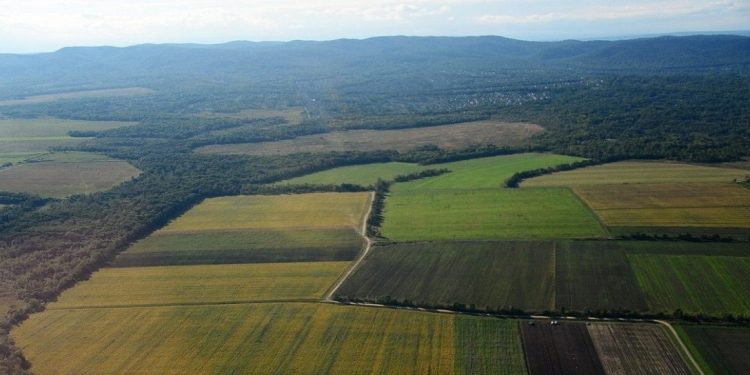#Soil#Vegetableplantations#PrimorskyKrai#Agriculture#Agrotechnologies
This article aims to summarize the experimental data accumulated during the practical selection of specific vegetable plots in Primorsky Krai. The experimental plots cover the main agroclimatic zones of vegetable growing in the coastal, forest-meadow, and forest-steppe regions. However, in terms of soil, everything comes down to two types of soils – meadow-chernozem and residual-floodplain. Therefore, when choosing specific areas for vegetable plantations, it is necessary to use a detailed guide that includes an assessment of the land and the development of elements of modern adaptive landscape systems for agriculture and agrotechnologies specifically for vegetables.
According to the data from various sources, vegetable crops are diverse in botanical composition, with 23 families and 121 species, not to mention the variety of cultivars. Therefore, their requirements for external conditions such as soil, climate, relief, and illumination are extremely diverse. To address the demands for individual soil properties, vegetable crops are divided into three groups: highly demanding, moderately demanding, and low demanding.
Based on the demands of vegetable crops, it can be concluded that the suitable soils for vegetable plantations and crop rotations are soils with a light to medium loamy granulometric composition, a powerful loose moist humus horizon with a deep level of groundwater and surface water. The plowed layer has high requirements: high humus content, neutral or slightly alkaline soil reaction with a high content of available phosphorus and, undoubtedly, exchangeable potassium.
Comparing these requirements with the specific soil properties of Primorsky Krai published in the public domain convinces us that there are no virgin and field soils suitable for full-fledged vegetable plantations. Therefore, thorough cultivation of soils is required to meet the requirements of vegetable crops.
In conclusion, choosing the right soil for vegetable plantations is crucial for successful crop growth and yield. Vegetable crops have varying soil requirements, and it is essential to use a detailed guide for soil assessment and development of modern adaptive landscape systems for agriculture and agrotechnologies to ensure successful vegetable plantations in Primorsky Krai.








